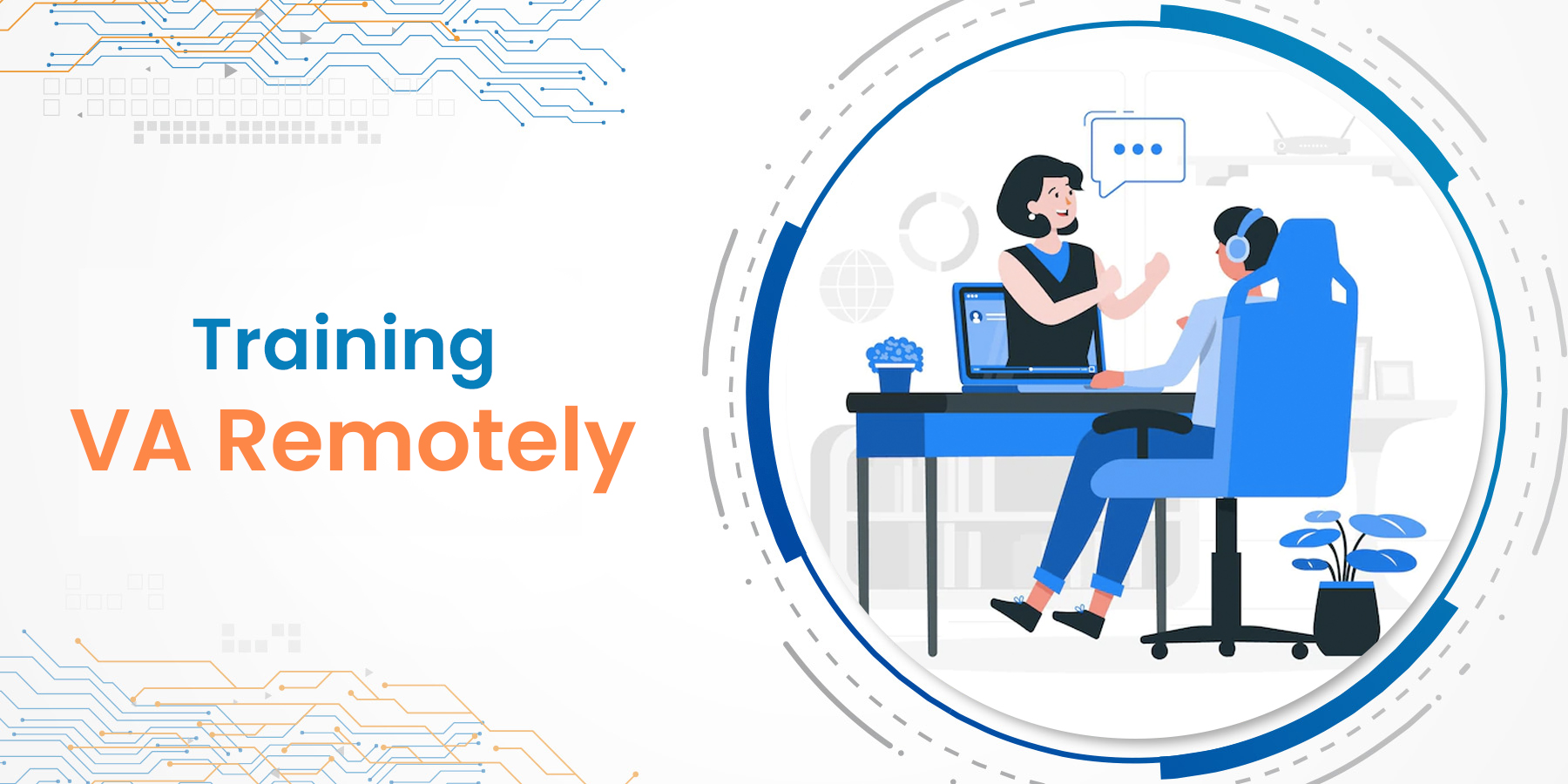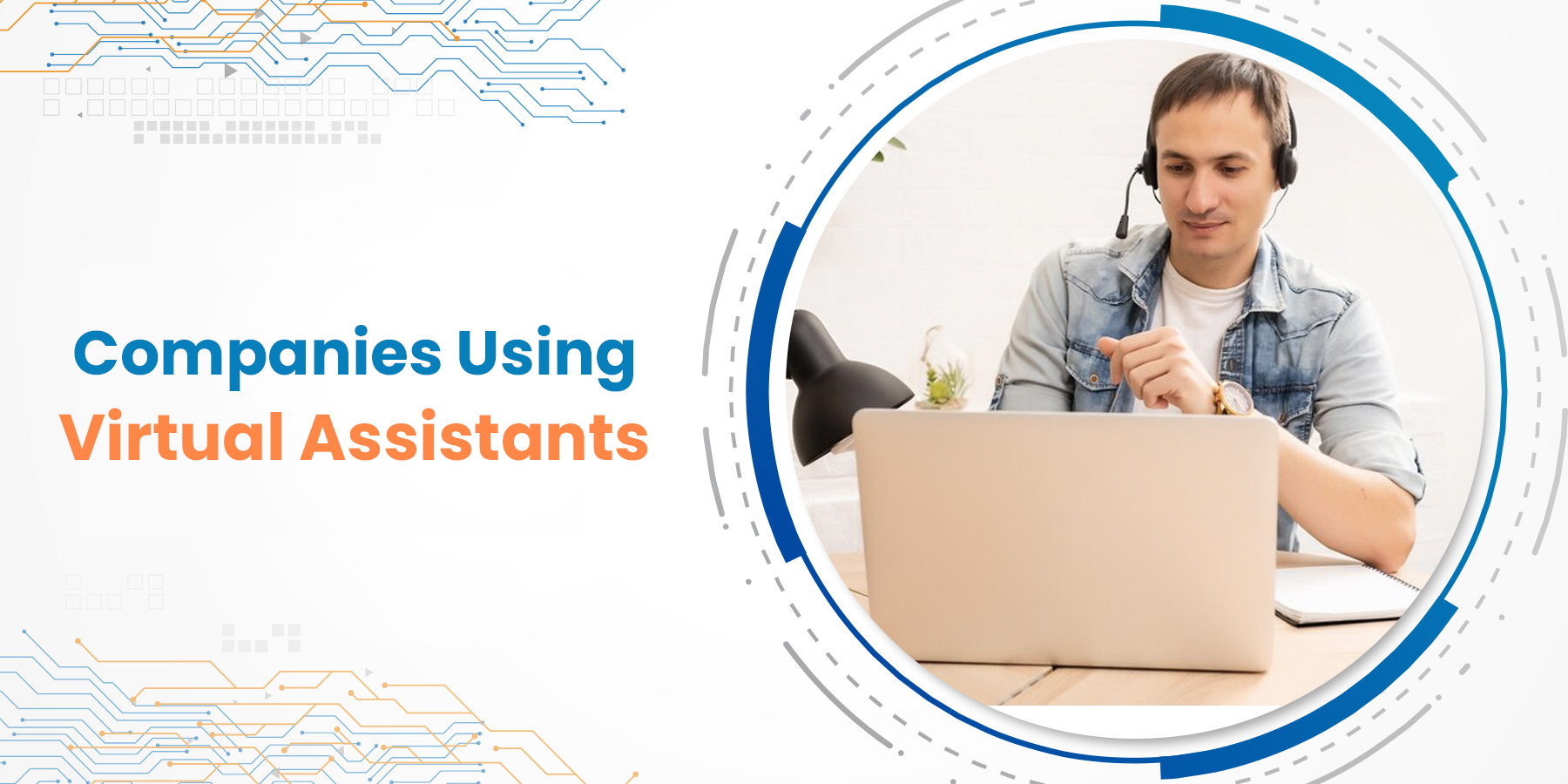How to Train Your VA Remotely: 5 Ways to Do It Right
As an entrepreneur, taking on a remote virtual assistant or hiring a new employee is a terrific way to free up time so you can concentrate on managing your company.
Even though your remote virtual assistant might have the abilities and qualifications you’re searching for, you should wait to start a project. You may discover that you’re dissatisfied with their performance if you don’t take the time to properly train your new team member in your procedures, preferences, and expectations.
X Ways to Train Your Virtual Assistants
Before assigning duties, ensure all new team members have received the necessary training. This means that each phase of the training process needs to be adequately communicated and documented.
Let’s look at some advice and resources you can utilize to assist with training your remote virtual Assistant.
1. Determine Their Learning Style
Ensure you’re working as efficiently as possible when teaching a new virtual assistant or outsourcer. There is no time to waste when the two of you are eager to begin. Discover the trainee’s learning preferences and how you may streamline the training process to reduce the time you spend on it.
Be ready to start your training by hearing instructions, reading instructions, and following charts, pictures, or videos. Regardless of the learning preferences of your new employee, you may start right away and teach more effectively when you’re ready to go.
2. Make a Video
It might be challenging to explain a process well. Even though there are only a few easy steps, it can be challenging to guide your remote employee through the procedure. You can use video and screencasting tools to instruct your outsourcer when you cannot meet with them in person.
You may quickly demonstrate to your new employee how to carry out a specific operation using a screencasting application like Loom or Cloud App. This type of instruction is excellent for visual-spatial and auditory learners.
3. Create a List
While a video is a fantastic tool for teaching new employees how to complete a task, it is less effective for reminding them of what you’re looking for. You should make a checklist so your remote employee has it as a reference to ensure they finish tasks appropriately.
Numerous tools available can help you organize each work or project into a process, which can be very useful for visual-linguistic learners while guaranteeing that each component of your project is finished on time. Although Trello and Asana are excellent tools to utilize, you can also make a straightforward checklist in Google Docs or include it in the body of an email.
4. Capture Screenshots
It’s only sometimes essential to record an entire video. You can easily communicate this information to your new remote worker using screenshots if there are only a few processes that need more explanation.
Even though many tablets, smartphones, and PCs enable you to take screenshots without using an app, several tools can help you annotate screenshots to draw attention to crucial elements, add comments, or emphasize recommendations. Try out Skitch, Snag-It, or Cloud App to annotate your screenshots.
5. Put Communication First
Communication is essential when working with any form of the remote workforce. Nevertheless, communication is crucial throughout the training process. To ensure you’re on the same page, you can spot issues, ask questions, and provide feedback if you have a simple method for keeping the dialogue going.
Slack is an excellent tool for day-long messaging, especially for brief questions and updates. However, Zoom and Skype also provide excellent options if you’re seeking a video-calling solution.
Train Your Remote Virtual Assistant Using Levels
After working with hundreds of companies that effectively scaled their operations after recruiting virtual assistant services, we’ve started to see a distinct pattern. These companies were prepared to spend the time necessary to teach their remote virtual assistants to perform high-level execution work by “leveling up” after completing a set of assignments. The remote assistant services ultimately got to the point where they could be trusted to operate the company while the owner was gone by being given duties in levels. You’ll need to develop that degree of trust gradually.
The business owner must put in a lot of effort and exercise patience, discipline, and leadership during this process. Still, Vgrow is delighted to walk you through it with you. We check in with our clients once a month, which enables them to
- Monthly visits
- One-on-one time with our operations manager to address any inquiries and offer problem-solving guidance
- SWOT analysis to identify any operational shortcomings and how we may fill them
- Share with your clients any valuable tools, like templates and checklists.
- Recommendations for the following steps in system implementation and process improvement
Doing this can provide the groundwork for a long-term partnership with remote virtual assistant services that you can develop throughout various levels of your company. Here’s something that might help to give you a better idea of what this looks like in the first three to six months with your remote virtual assistant services:
Your Remote Virtual Assistant for the First Three to Six Months
The two essential elements for effectively training a remote virtual assistant
Culture
A robust culture fosters innovation and openness, encourages inquiry, and rewards progress.
Processes
Well-defined, well-documented processes that result in an effective workflow.
Final Ideas on Developing the Skills of Your Remote Virtual Assistant
Outsourcing virtual assistants is a tactic that could provide the boost you need to take your company to the next level of expansion and success. But for it to happen, we must give our staff the freedom and support they need to act wisely and to the best of their abilities. That requires you to put your trust in them and provide them with the tools they need to develop their resourcefulness by encouraging them to find solutions before you do.
Business owners frequently suffer from the “white-knight” mindset, which asserts that we are responsible for everything that happens and must always act heroically. Having this ideology, however, is not just unjust to you. Your squad is also being mistreated.
Your workers will be more than glad to demonstrate their abilities, given that you can recruit a highly qualified and committed remote Virtual Assistant. Therefore, teaching your team to be autonomous entails removing ourselves from the equation and letting them run the firm as if it were their own to avoid becoming the bottleneck to our company’s growth and development and our remote virtual Assistant or team.
The Right Time to Outsource
Outsourcing is the ideal method to organize your workday and do more tasks without wearing yourself thin. You must, however, remain pragmatic about your outsourcing requirements. One full-time remote virtual assistant is likely to be an expert in every work you need to be offloaded, especially if you have many different activities in mind.
Choosing to hire a new employee can occasionally be challenging. However, you may accomplish more in less time if you outsource the jobs and projects holding you back and preventing you from working as effectively as possible.
Anytime you hire virtual assistants or remote workers, you want to collaborate with someone very knowledgeable and experienced in the activities you enjoy. Because you receive a team of experts rather than a single assistant when you engage with an Automation Agency, you can be confident that you’re working with highly skilled individuals who can handle any Design & Tech chores you throw their way.

Anne Davis
Anne Davis, with a 19-year career at Vserve Ebusiness Solutions, currently leads as the Director of Sales and Marketing. Specializing in the eCommerce sector, she focuses on client relations, social media marketing, and email campaigns. Anne is dedicated to driving business growth in the digital space, utilizing her deep understanding of customer needs and market trends.





